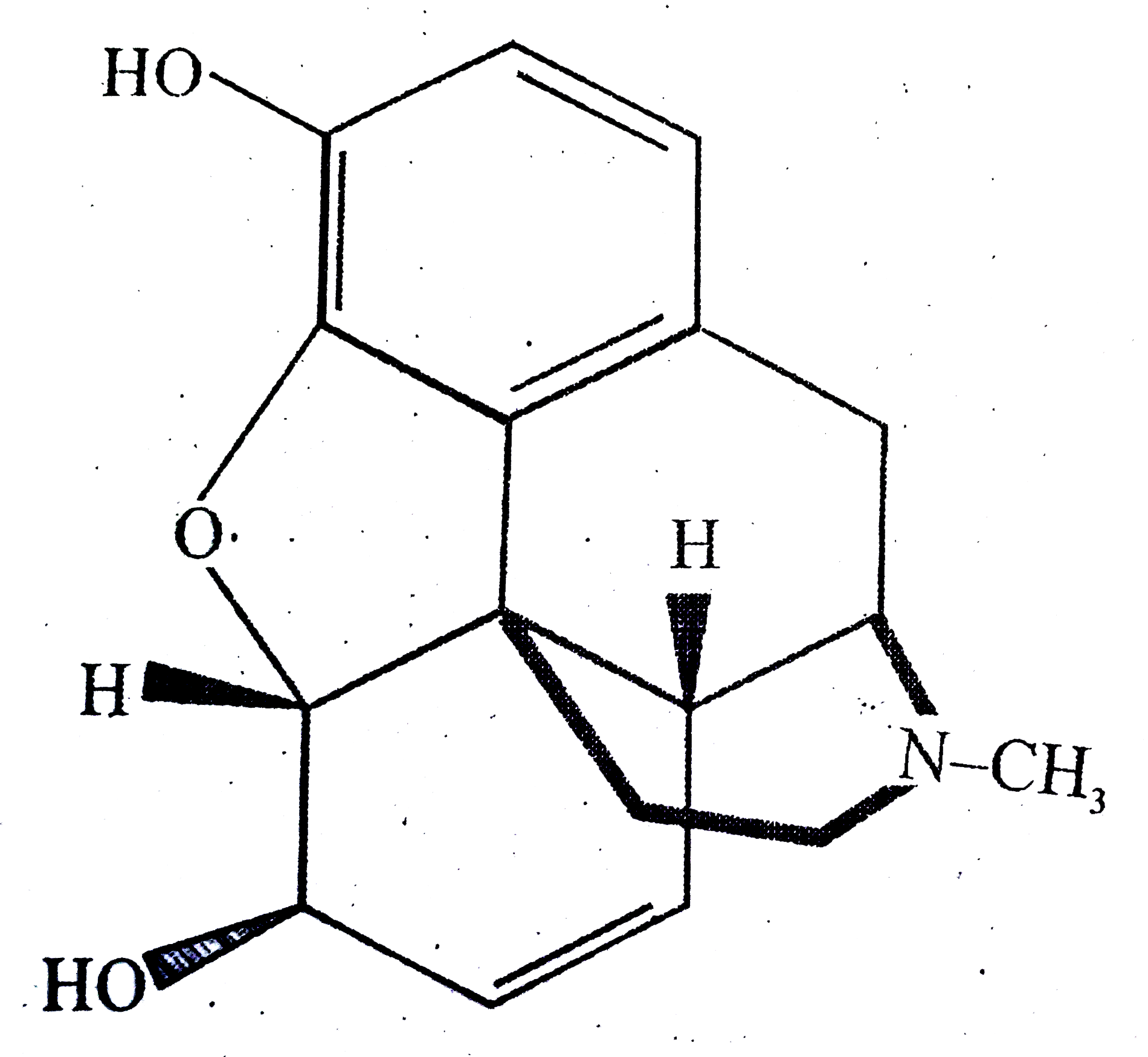what is lecithin with regard to its chemical structure
Type of wax
Phospholipid
Oil have low melting point and hence remain as oil in winters
Simple fatty acid
The correct Answer is:B
Step-by-Step Solution:
1. Definition of Lecithin: Lecithin is a type of phospholipid, which is a class of lipids that are a major component of all cell membranes.
2. Chemical Structure: Lecithin consists of a glycerol backbone that is esterified to two fatty acids and one phosphate group.
3. Fatty Acids: In lecithin, there are two fatty acid chains attached to the glycerol. These fatty acids are hydrophobic (water-repelling) and contribute to the non-polar characteristics of the molecule.
4. Phosphate Group: The third position of the glycerol is occupied by a phosphate group. This phosphate group is hydrophilic (water-attracting), which means it interacts well with water.
5. Additional Group: Often, the phosphate group in lecithin is further linked to a nitrogenous group, such as choline. This additional group enhances the hydrophilic nature of the molecule.
6. Amphipathic Nature: Due to the presence of both hydrophobic fatty acid tails and a hydrophilic head (phosphate and nitrogenous group), lecithin exhibits an amphipathic structure. This property is crucial for its role in forming cell membranes.
7. Conclusion: Therefore, lecithin is characterized by its phospholipid structure, which includes two fatty acids, a phosphate group, and a nitrogenous group, making it essential for biological membranes.
Topper's Solved these Questions
- BIOMOLECULESBOOK - AAKASH INSTITUTE ENGLISHCHAPTER - BIOMOLECULESEXERCISE - ASSIGNMENT (SECTION-B)
34 Videos
- BIOMOLECULESBOOK - AAKASH INSTITUTE ENGLISHCHAPTER - BIOMOLECULESEXERCISE - ASSIGNMENT (SECTION-C)
35 Videos
- BIOMOLECULESBOOK - AAKASH INSTITUTE ENGLISHCHAPTER - BIOMOLECULESEXERCISE - EXERCISE
50 Videos
- BIOLOGICAL CLASSIFICATIONBOOK - AAKASH INSTITUTE ENGLISHCHAPTER - BIOLOGICAL CLASSIFICATIONEXERCISE - Assignment (Section-D) Assertion - Reason Type Questions
15 Videos
- BIOTECHNOLOGY AND ITS APPLICATIONSBOOK - AAKASH INSTITUTE ENGLISHCHAPTER - BIOTECHNOLOGY AND ITS APPLICATIONSEXERCISE - ASSIGNMENT (SECTION - D) (ASSERTION - REASON TYPE QUESTIONS)
10 Videos
Similar Questions
Knowledge Check
Lecithin is a
ASteroidBGlycolipidCCarbohydratesDPhospholipid.
Given diagram is the chemical structure of -

View SolutionWhich of the following is incorrect match with regard to the hormone and its chemical nature?
View SolutionWhich is mismatched regarding the structure ?
View SolutionRefer to the given figure and select the correct chemical structure of derivative obtained from it.

View SolutionWhat is a chemical reaction ?
View SolutionChoose the option that correctly identifies the chemical structure of given drug

View SolutionWhat is a chemical reaction?
View Solution
